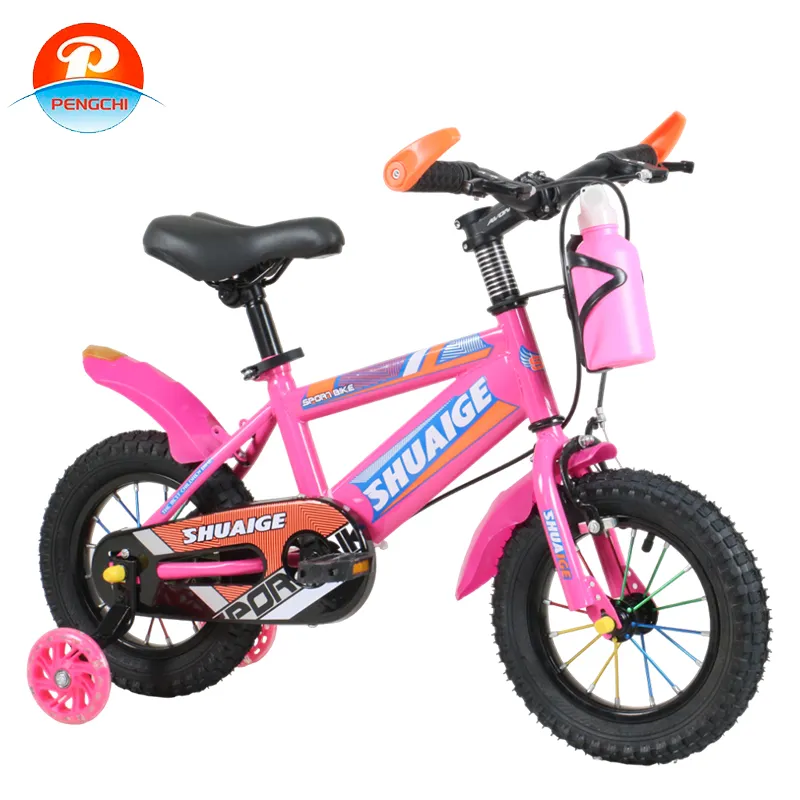
-
 Afrikaans
Afrikaans -
 Arabic
Arabic -
 Belarusian
Belarusian -
 Bengali
Bengali -
 Bulgarian
Bulgarian -
 Croatian
Croatian -
 Czech
Czech -
 Danish
Danish -
 Dutch
Dutch -
 English
English -
 Finnish
Finnish -
 French
French -
 German
German -
 Greek
Greek -
 hawaiian
hawaiian -
 Hebrew
Hebrew -
 Hindi
Hindi -
 Hungarian
Hungarian -
 Indonesian
Indonesian -
 irish
irish -
 Italian
Italian -
 Japanese
Japanese -
 Javanese
Javanese -
 kazakh
kazakh -
 Khmer
Khmer -
 Korean
Korean -
 Kyrgyz
Kyrgyz -
 Lao
Lao -
 Latin
Latin -
 Luxembourgish
Luxembourgish -
 Malay
Malay -
 Myanmar
Myanmar -
 Norwegian
Norwegian -
 Persian
Persian -
 Polish
Polish -
 Portuguese
Portuguese -
 Romanian
Romanian -
 Russian
Russian -
 Serbian
Serbian -
 Slovak
Slovak -
 Somali
Somali -
 Spanish
Spanish -
 Swedish
Swedish -
 Tagalog
Tagalog -
 Thai
Thai -
 Turkish
Turkish -
 Turkmen
Turkmen -
 Ukrainian
Ukrainian -
 Uighur
Uighur -
 Vietnamese
Vietnamese
Nov . 24, 2024 20:57 Back to list
picking the right bike
Picking the Right Bike A Guide for Enthusiasts
Choosing the right bike is crucial for every cyclist, whether you're a seasoned rider or just starting your cycling journey. With so many types, brands, and styles available, finding the perfect fit for your needs can seem daunting. However, knowing what to consider can make the decision-making process more manageable and enjoyable.
1. Determine Your Purpose
Before you start shopping, it's essential to identify how you plan to use your bike. Are you looking for a road bike for speedy rides on asphalt, a mountain bike for tackling rugged trails, or maybe a hybrid bike for a mix of both? Each type of bike serves a different purpose and matches distinct riding environments.
- Road Bikes These are designed for speed and efficiency on paved surfaces. With their lightweight frames and narrow tires, road bikes are ideal for long-distance rides and racing.
- Mountain Bikes Built to handle off-road conditions, mountain bikes feature wider tires with aggressive tread patterns for traction. They often come with suspension systems to absorb shocks from rough terrain.
- Hybrid Bikes These combine features from road and mountain bikes, offering versatility for various riding conditions. They typically have a comfortable seat and can handle light off-road paths as well as city streets.
2. Consider Your Riding Style
Your riding style greatly influences the type of bike that suits you best. Are you a casual rider who enjoys leisurely rides around the park? Or do you prefer intense mountain biking adventures? Your riding habits can help you refine your options.
- For casual rides, a comfort bike or cruiser may be ideal, offering an upright seating position and a relaxed ride.
- If you enjoy longer, more intense rides, invest in a road or performance hybrid bike that provides speed and efficiency
.picking the right bike

3. Fit and Comfort
Finding a bike that fits you properly is paramount. An ill-fitting bike can lead to discomfort and even injury. When trying out bikes, pay attention to the following
- Frame Size Each bike type has its own sizing chart, and finding the right frame size is crucial for comfort and control. Stand over the bike; there should be a few inches of clearance between the top tube and your body.
- Seat Height Ensure the seat is adjustable to suit your leg length. Your leg should have a slight bend at the knee when the pedal is at its lowest point.
- Handlebar Height and Reach The handlebars should be at a height that is comfortable for you. It's essential to maintain a natural position without straining your back or shoulders.
4. Budgeting Wisely
Bikes can vary significantly in price, so it’s important to establish a budget upfront. While high-end bikes often come with advanced features and materials, there are many affordable models that offer great performance. When setting your budget, also consider additional costs like accessories, maintenance, and gear.
5. Test Ride Before You Buy
Never underestimate the importance of a test ride. Most bike shops encourage customers to test their bikes before committing to a purchase. A test ride can provide insights into how the bike feels on the road or trail, helping you assess its comfort, handling, and overall fit.
Conclusion
Picking the right bike is a vital step in ensuring an enjoyable cycling experience. By assessing your purpose, riding style, fit, and budget, you can make an informed decision that suits your needs. Remember, the best bike is one that feels right for you, allowing you to embrace the joy of cycling, explore new terrains, and enjoy the freedom that comes with riding. So take your time, do a little research, and soon you'll find the perfect bike to accompany you on countless adventures. Happy cycling!
-
New Red Anti-theft E-Bike | Easy Ride City Commuter
NewsJul.31,2025
-
BMX 20 Inch Bikes for Freestyle & Street | Fat Tire Options Available
NewsJul.30,2025
-
322 High Quality 26 Inch 21 Speed Adult Mountain Bike OEM MTB
NewsJul.29,2025
-
Specialized Kids Mountain Bikes - Safe, Durable & Fun Riding Experience
NewsJul.29,2025
-
Little Kids Mountain Bike - Lightweight Bikes for Young Riders
NewsJul.29,2025
-
Kids Mountain Bike Trek – Full Suspension for 6 Year Old Riders
NewsJul.29,2025

